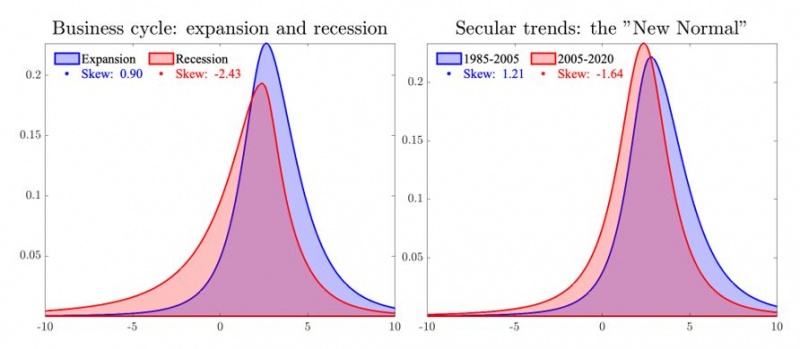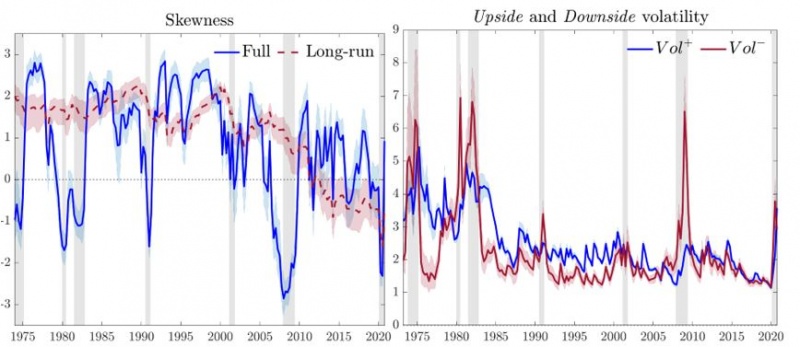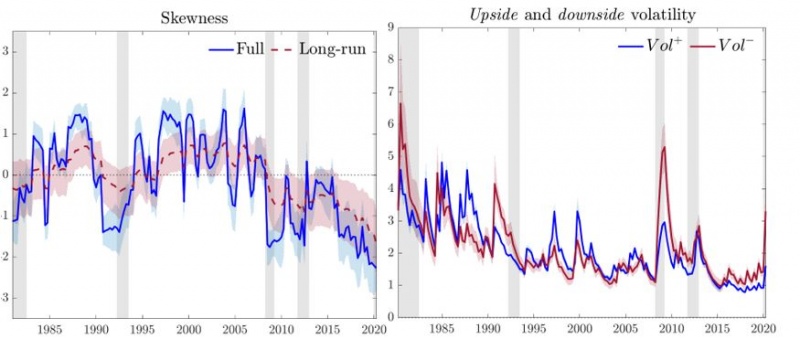References
Adrian, T., Boyarchenko, N. and Giannone, D., 2019. Vulnerable growth. American Economic Review, 109(4), pp.1263-89.
Antolin-Diaz, J., Drechsel, T. and Petrella, I., 2017. Tracking the slowdown in long-run GDP growth. Review of Eco-nomics and Statistics, 99(2), pp.343-356.
Delle Monache, D., De Polis, A. and Petrella, I., 2021. Modeling and forecasting macroeconomic downside risk. Bank of Italy Temi di Discussione (Working Paper) No, 1324.
Jensen, H., Petrella, I., Ravn, S.H. and Santoro, E., 2020. Leverage and deepening business-cycle skew-ness. American Economic Journal: Macroeconomics, 12(1), pp.245-81.
Jurado, K., Ludvigson, S.C. and Ng, S., 2015. Measuring uncertainty. American Economic Review, 105(3), pp.1177-1216.
McConnell, M.M. and Perez-Quiros, G., 2000. Output fluctuations in the United States: What has changed since the early 1980’s?. American Economic Review, 90(5), pp.1464-1476.








